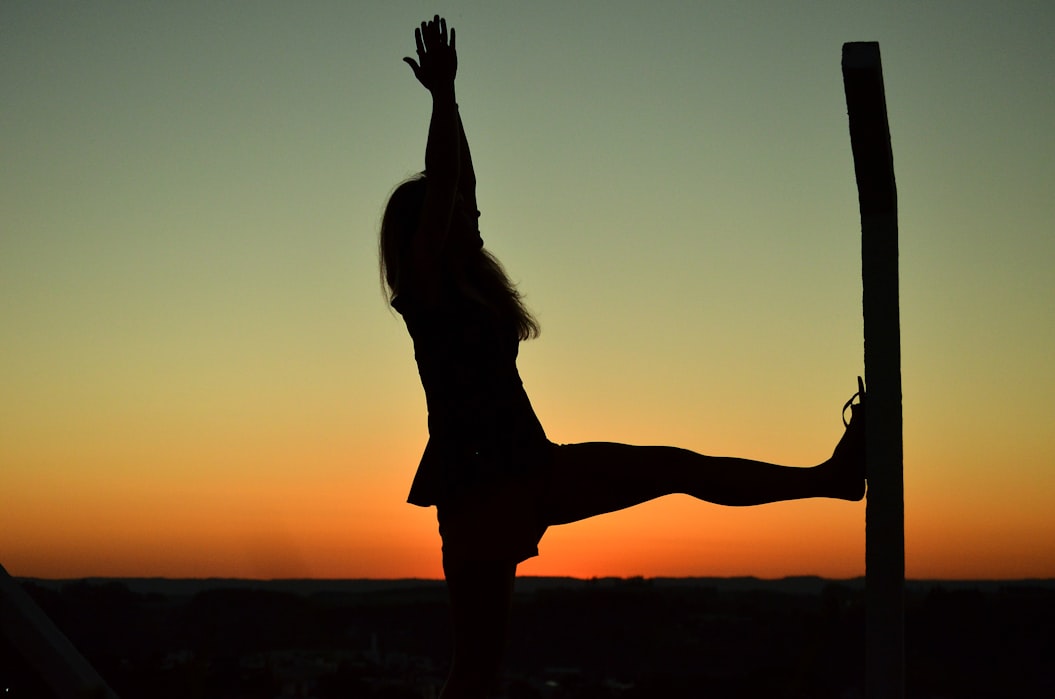Table of Contents
If the hook is too high, you’re too immobile! In this post, we have some Knowhow & exercises about the role of mobility for boulderers and climbers. Let’s go over some typical questions and try to explain how much mobility for boulderers and climbers is best. By the way, here you can find some good discussions and tips for training.
How important is flexibility when climbing?
In competition climbing, it is obvious that flexibility is becoming more and more important. Especially bouldering requires unusual movements – mobility is necessary to make the moves. But mobility is also important to stay healthy during these challenging moves.
Does this only apply to competitors or also to “normal” climbers?
What happens on the big stage is, of course, more extreme, but the trends continue in leisure sports. Meanwhile, there are acrobatic boulders in many boulder halls, and you don’t have to be a top athlete to injure your shoulder.
How does mobility for boulderers and climbers help to prevent injuries?
Climbing and bouldering sometimes require extreme movements. If you don’t have the mobility, you can overstrain the structures. Furthermore, too firm muscles can impair the functioning of the functions. For example, shoulders falling forward and a too stiff thoracic spine can impair the supply to the arms and thus promote finger, elbow, and shoulder injuries. Here, many climbers have deficits that increase overloading and the likelihood of injury. One can check the shoulder with a test (see below) and should keep the thoracic spine mobile so that the shoulder girdle remains resilient. Whereby especially the shoulder can be complicated. Actually, one can speak of seven joints, all of which must function. If one is weak, the body can compensate, but then some structures have to work more than others. This usually does not work for long. That is why balanced mobility is so important.
How do I find out if I need more mobility?
There are tests in the form of a demanding movement. These tests show whether the movement is performed correctly or whether it is compensated or evasive. And then you have to look, is it the lack of mobility in the thoracic spine or a poorly sliding shoulder blade or whatever. Also important when climbing is, of course, hip mobility, if only to achieve high kicks and to put weight on them. These are often final movements where the muscle has to work at the edge of its normal range of motion. If you increase this radius through mobility training, the muscles can work better, and you have more possibilities to reach even unfavorable grips and kicks and, more importantly, to put weight on them. Active mobility ultimately expands the technique because you can simply do more.
What is the relationship between passive and active mobility for boulderers and climbers?
A distinction is made between passive mobility, i.e., using pressure or gravity to adopt a certain posture and active mobility, i.e., using muscle power alone to place the foot precisely on a hip-high kick. Active mobility requires passive mobility and is elementary for climbing. That speaks for not only stretching passively but actively and with muscle power.
How can I best train my mobility?
A mixture of static stretching and dynamic stretching makes sense. Static, relaxing stretching is suitable with some waiting after climbing. Dynamic stretching can be integrated into the warm-up. If you are serious about it, you should plan mobility training as a separate unit. The strategy of so-called Loaded Progressive Stretching, i.e., stretching exercises under load, makes sense. This allows the muscles to build up the necessary strength at an unusual joint angle. An example would be squats: the process of squatting strengthens the leg muscles in the final joint angles.
Is there also too much mobility for boulderers and climbers?
Yes, those who already have good mobility should rather pay attention to good control, i.e., sufficient strength. Hypermobility is nothing bad if there is enough strength to perform movements in a stable manner throughout the entire range of motion. For mobile people, including many who like to do yoga, building up strength would make more sense than further mobility training. Ideally, both should work together so that I can use my mobility. Actually, the body has a protective mechanism built-in: If the musculature is not able to stabilize the strong bending of a joint, it will not allow the affected range of motion. In this case, you feel immobile, even though there is actually no strength.
They say stretching before training is not so favorable. What’s that all about?
It mainly refers to long static stretching. This can slightly decrease the explosive power because it gives the muscle a relaxation signal. But this is only for a short time. The effect should be gone after half an hour. In the long term, stretching, whether static or dynamic, improves performance. It even promotes muscle building.
What else do I have to pay attention to?
When stretching, you should always start carefully and increase only gradually, both in terms of intensity and joint angle. The so-called stretching pain should be easily bearable. Relaxed breathing is also important. For goal-oriented mobility training, the body should be well warmed up.
How often do I have to stretch to become more flexible?
At least three times a week, preferably daily. If the stimulus comes less often, the body does not learn.
Some More reviews:

